Buttermilk Roasted Chicken: A Flavorful Twist on a Classic Dish
Roasting a chicken is one of the most satisfying and versatile ways to prepare this beloved poultry. But when you add buttermilk into the mix, you’re not just roasting a bird—you’re crafting a culinary masterpiece. This article will take you through everything you need to know about buttermilk roasted chicken, from the science behind it to practical tips that will help you master the dish like a pro.
Table of Contents
- What Is Buttermilk?
- Why Use Buttermilk for Roasting Chicken?
- How to Prepare Buttermilk Roasted Chicken
- Spice Basics: Enhancing the Flavor
- Buying Guide: Choosing the Right Ingredients
- Conclusion
What Is Buttermilk?
Buttermilk might sound like something out of a dairy farm, but it's actually a staple in many kitchens. Originally, buttermilk was the liquid left over after churning butter from cream. Today, most commercial buttermilk is cultured—meaning it’s made by adding lactic acid bacteria to low-fat milk, giving it a slightly tangy flavor and thick consistency.
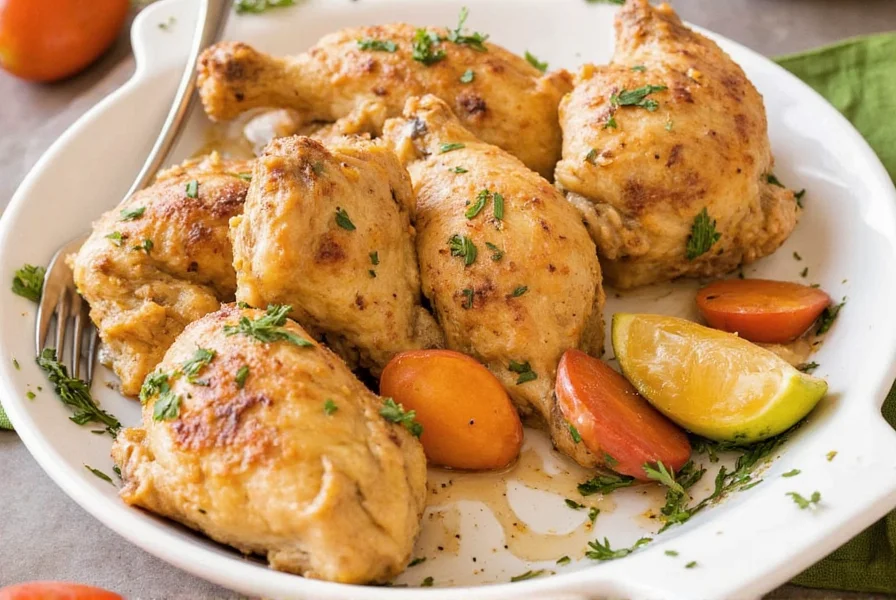
The key properties of buttermilk include its acidity and moisture content. These qualities make it ideal for tenderizing meat, especially chicken, which is why it’s often used in recipes like buttermilk fried chicken or, in our case, buttermilk roasted chicken.
Why Use Buttermilk for Roasting Chicken?
If you're wondering why anyone would use buttermilk instead of regular milk or water, here are some compelling reasons:
- Tenderizes the Meat: The mild acid in buttermilk helps break down proteins in the chicken, resulting in a more tender and juicy final product.
- Enhances Flavor: Buttermilk adds a subtle tanginess that complements the richness of roasted chicken, creating a balanced and complex flavor profile.
- Improves Crust: When combined with spices, buttermilk can create a more flavorful crust on the chicken, making it both delicious and visually appealing.
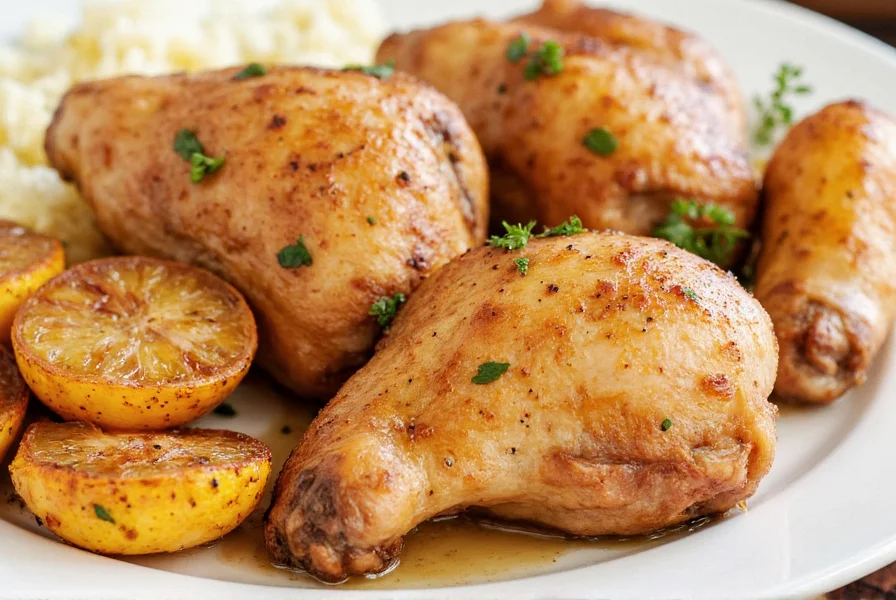
Whether you're a seasoned chef or a home cook looking to elevate your game, buttermilk is a game-changer for roasted chicken. It’s also a great option for those who want to avoid heavy marinades or overly salty seasoning.
How to Prepare Buttermilk Roasted Chicken
Preparing buttermilk roasted chicken is straightforward, but there are a few key steps that will ensure success. Here’s a step-by-step guide:
- Marinate the Chicken: Place chicken pieces (or a whole chicken) in a large bowl or resealable bag. Pour enough buttermilk to cover the chicken. Add your favorite spices and let it sit in the refrigerator for at least 4 hours, or preferably overnight.
- Season the Chicken: After marinating, pat the chicken dry with paper towels. Season generously with salt, pepper, and any other spices you prefer—think garlic powder, paprika, thyme, or even cayenne for a spicy kick.
- Roast the Chicken: Preheat your oven to 375°F (190°C). Place the chicken on a baking sheet lined with parchment paper or a roasting pan. Drizzle with olive oil or melted butter if desired. Roast for about 1 hour to 1 hour 20 minutes, depending on the size of the chicken, until the skin is golden brown and the internal temperature reaches 165°F (74°C).
- Let It Rest: Once cooked, allow the chicken to rest for 10–15 minutes before carving. This ensures the juices redistribute, keeping the meat moist and flavorful.
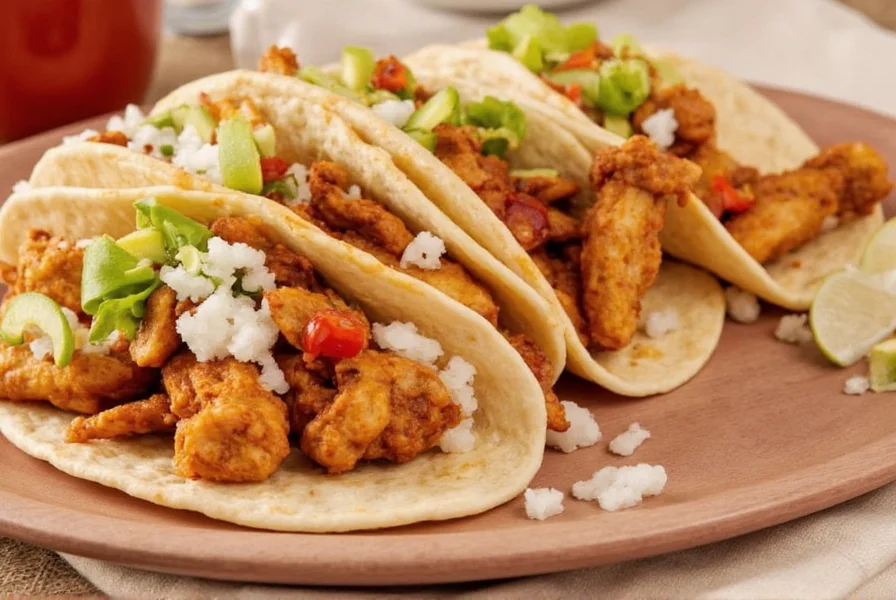
This method works well for both whole chickens and individual pieces. If you're short on time, you can skip the overnight marination and still achieve good results by using a quick soak of 2–3 hours.
Spice Basics: Enhancing the Flavor
While buttermilk provides a natural base of flavor, the right combination of spices can elevate your buttermilk roasted chicken to new heights. Here are some spice pairings that work exceptionally well:
| Spice | Flavor Profile | Best With |
|---|---|---|
| Salt | Savory | Any dish |
| Black Pepper | Pungent | Meat dishes |
| Paprika | Smoky | Roasted chicken, grilled meats |
| Garlic Powder | Garlicky | Rich, savory dishes |
| Oregano | Earthy | Italian-inspired dishes |
| Cayenne Pepper | Spicy | For those who enjoy heat |
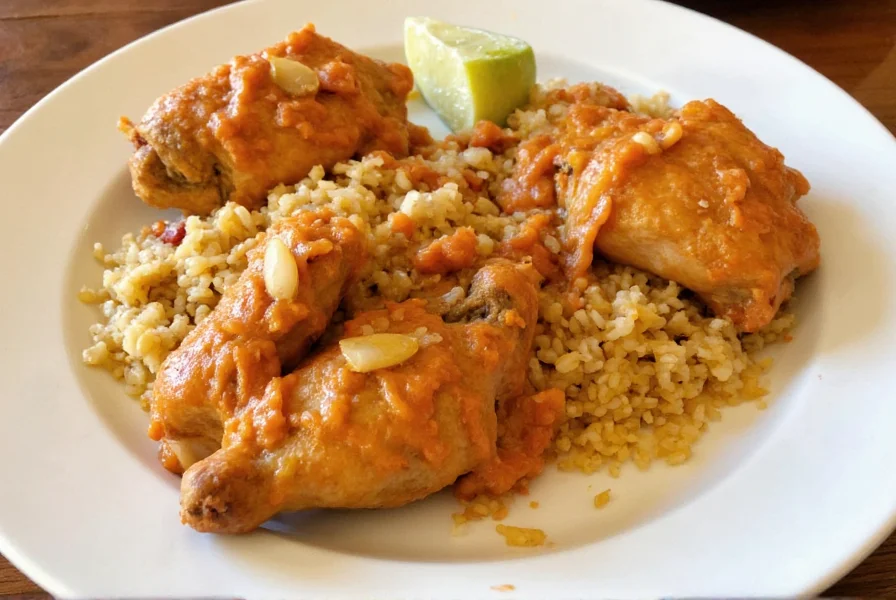
Experiment with different combinations to find what suits your taste. Some people like to add a splash of lemon juice or a bit of honey to balance the tanginess of the buttermilk.
Buying Guide: Choosing the Right Ingredients
To make the best buttermilk roasted chicken, you’ll need high-quality ingredients. Here’s a breakdown of what to look for:
Buttermilk
Look for full-fat buttermilk for the richest flavor and best texture. You can choose between traditional cultured buttermilk or a lighter version. For a more authentic experience, opt for a brand that uses natural cultures without added preservatives.
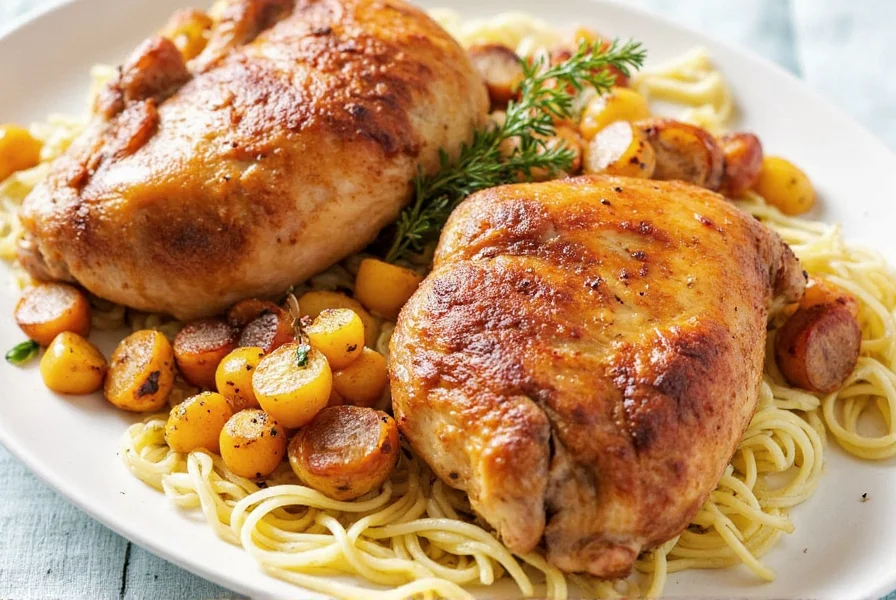
Chicken
Choose fresh, high-quality chicken—preferably organic or free-range if possible. Whole chickens are great for roasting, while chicken thighs or drumsticks are perfect for a quicker meal. Make sure the chicken is properly thawed if frozen.
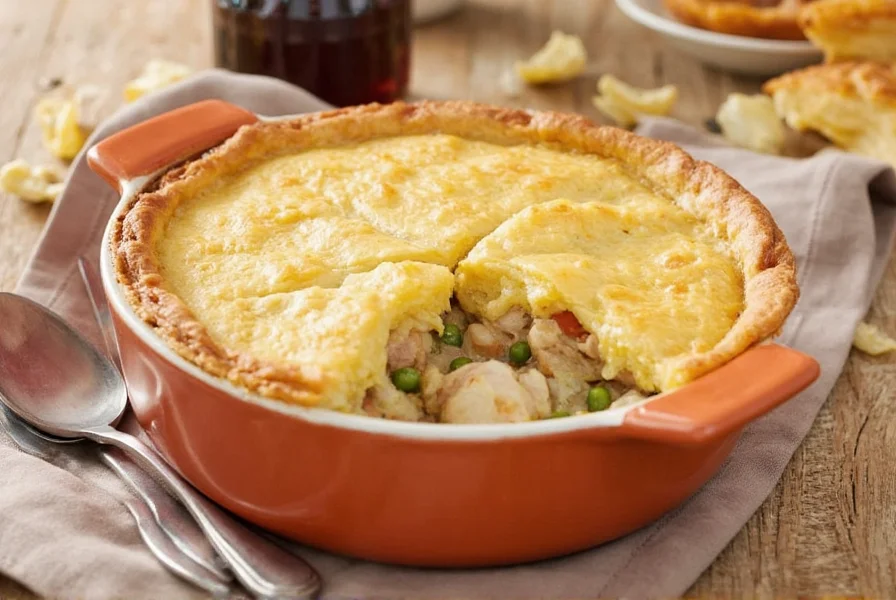
Spices and Herbs
Invest in good quality spices and herbs. Look for whole spices that you can grind yourself for maximum freshness. Dried herbs should be stored in a cool, dark place to preserve their potency.
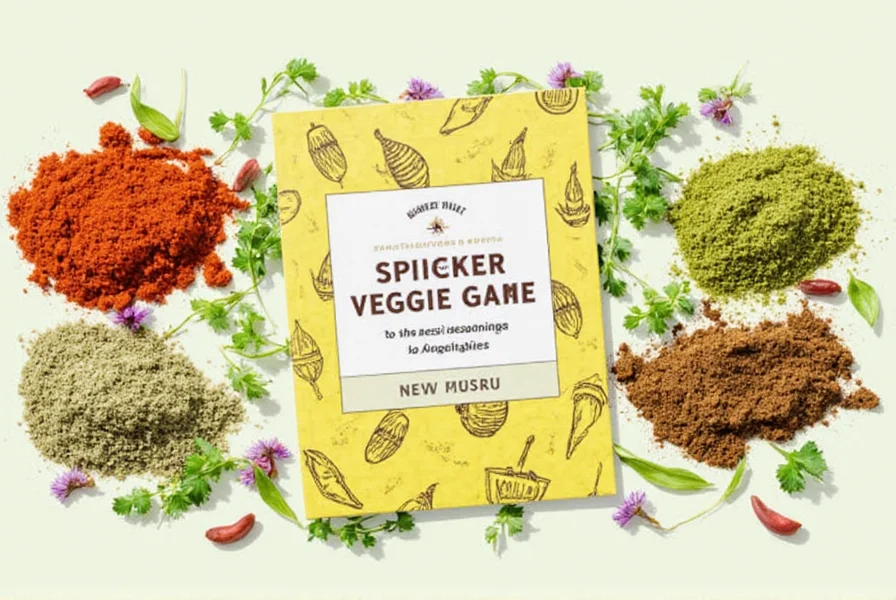
Other Essentials
You’ll also need a few kitchen tools such as a roasting pan, a meat thermometer, and a sharp knife for carving. Don’t forget a good set of measuring spoons and cups for accurate seasoning.
Remember, the key to great buttermilk roasted chicken is balance—between the tangy buttermilk, the rich chicken, and the aromatic spices.
Conclusion
Buttermilk roasted chicken is a delicious and easy way to bring new life to a classic dish. With its tender texture, enhanced flavor, and versatility, it’s a must-try for anyone who loves cooking with spices. Whether you're a professional chef or a home cook, mastering the art of buttermilk roasted chicken will add a new dimension to your culinary skills.
So next time you're planning a dinner, consider giving buttermilk roasted chicken a try. Your taste buds—and your guests—will thank you.
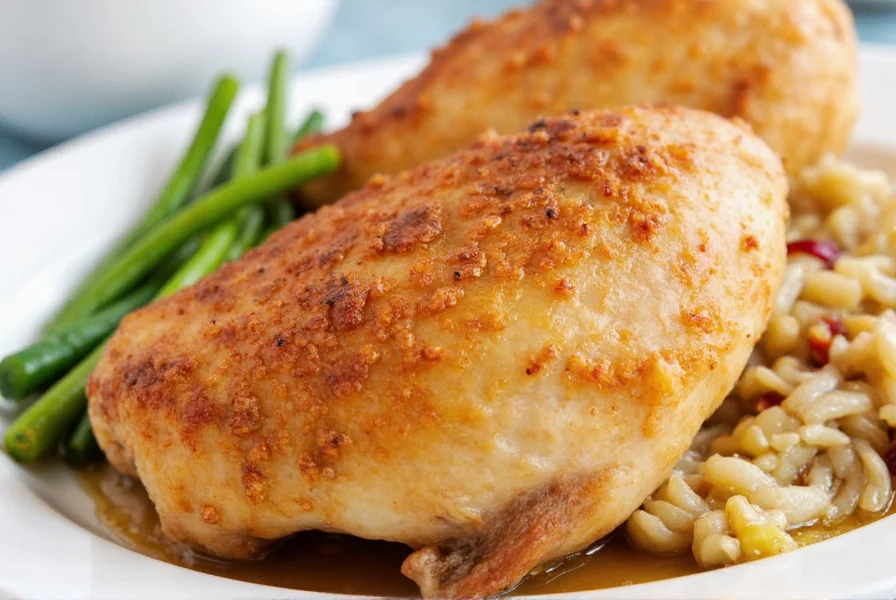
And remember, the secret to great food is not just in the recipe, but in the love and care you put into it. Happy cooking!

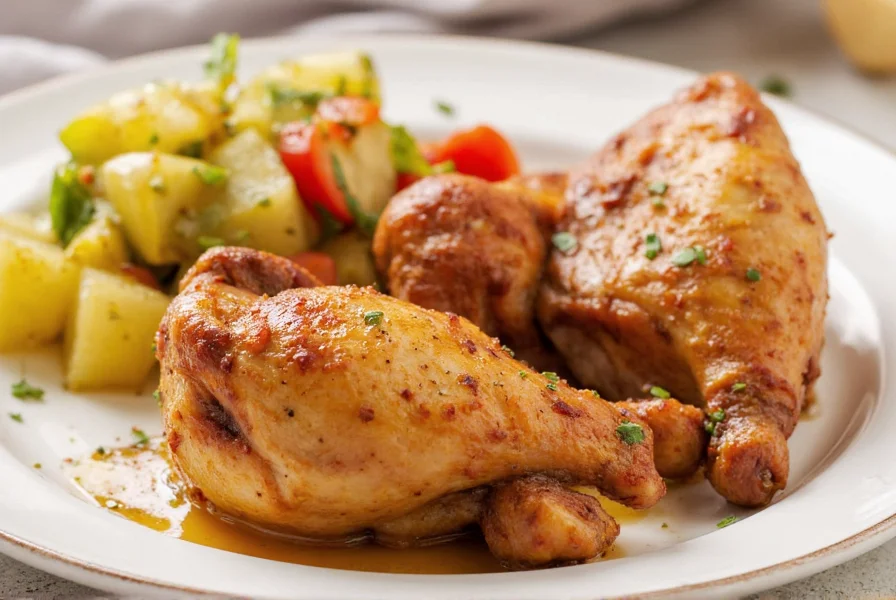









 浙公网安备
33010002000092号
浙公网安备
33010002000092号 浙B2-20120091-4
浙B2-20120091-4